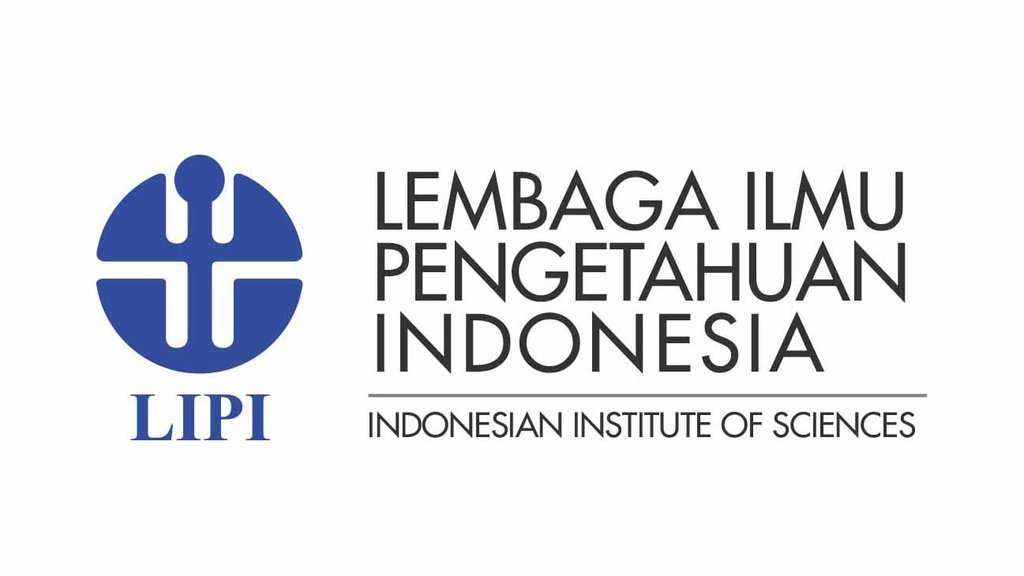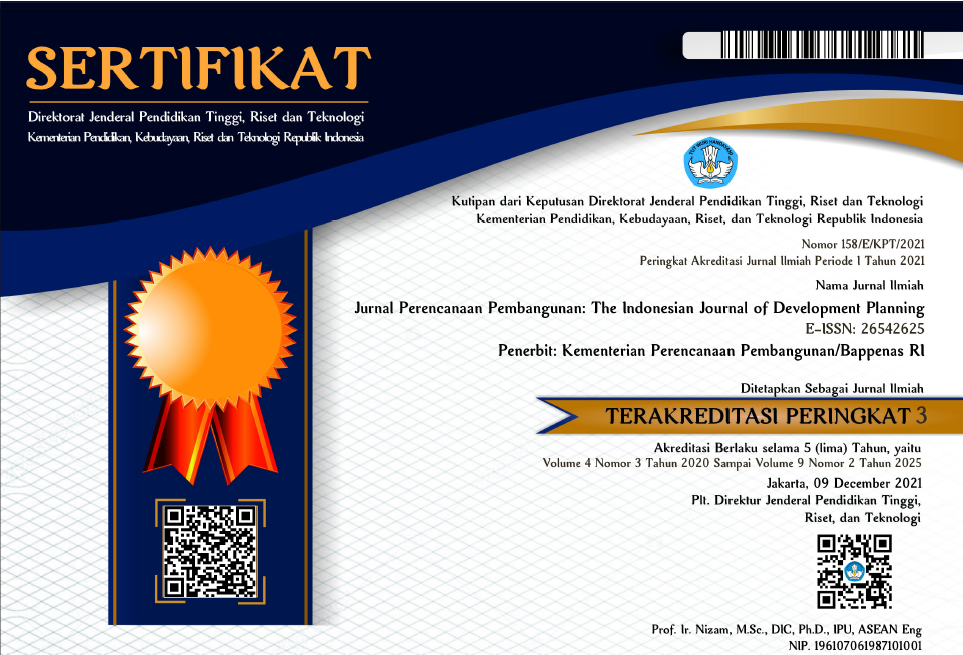Indonesian’s Industrial Decission on Self-Generated Electricity
DOI:
https://doi.org/10.36574/jpp.v5i1.171Keywords:
self-generated energy, inequality in electricity, manufacture, industrial’s strategy, spatial characteristicAbstract
This study analyzes the factors that determine firms' decisions on self-generated electricity in Indonesia. Specifically, I explore the difference in industries' decisions making across Indonesian five major islands in the past ten years. The empirical investigation utilizes Indonesian's Large and Medium Firm dataset of the years 2004, 2009, and 2014 from Indonesian Statistics. The empirical results show that an industry with higher output, higher income, and less labor is positively associated with the probability of having a self-generated electricity. Moreover, for firms that located in Kalimantan and Papua/Nusa Tenggara/Maluku island, they have a higher probability (24.7% and 19.8%, in comparison with Jawa/Bali island) of the self-generated electricity. The industry that plays in agriculture sector is also more likely to self-generate electricity. The year effect on the study indicates that in 2009 the industries reduce the usage of self-generated electricity. All of these findings are robust across different model specifications.
Downloads
References
Auffhammer, M., & Wolfram, C. D. (2014). Powering up China: Income distributions and residential electricity consumption. American Economic Review, 104(5), 575–580. https://doi.org/10.1257/aer.104.5.575
Berger, M. C. (1984). Increases in energy prices, costs of production, and plant size. Journal of Economics and Business, 36(3), 345–357. https://doi.org/10.1016/0148-6195(84)90005-5
Bölük, G., & Koç, A. A. (2010). Electricity demand of manufacturing sector in Turkey: A translog cost approach. Energy Economics, 32(3), 609–615. https://doi.org/10.1016/j.eneco.2010.01.007
Christensen, L. R., Jorgenson, D. W., & Lau, L. J. (1973). Transcendental Logarithmic Production Frontiers. The Review of Economics and Statistics, 55(1), 28–45. https://www.jstor.org/stable/1927992
Christopoulos, D. K. (2000). The demand for energy in Greek manufacturing. Energy Economics, 22(5), 569–586. https://doi.org/10.1016/S0140-9883(99)00041-9
Doms, M. E., & Dunne, T. (1995). Energy intensity, electricity consumption, and advanced manufacturing-technology usage. Technological Forecasting and Social Change, 49(3), 297–310. https://doi.org/10.1016/0040-1625(95)00055-F
Dong, X. Y., & Hao, Y. (2018). Would income inequality affect electricity consumption? Evidence from China. Energy, 142, 215–227. https://doi.org/10.1016/j.energy.2017.10.027
Mirnezami, S. R. (2014). Electricity inequality in Canada: Should pricing reforms eliminate subsidies to encourage efficient usage? Utilities Policy, 31, 36–43. https://doi.org/10.1016/j.jup.2014.08.001
Moyo, B. (2012). Do Power Cuts Affect Productivity? A Case Study Of Nigerian Manufacturing Firms. International Business & Economics Research Journal (IBER), 11(10), 1163. https://doi.org/10.19030/iber.v11i10.7262
Mulyanto, J., Kunst, A. E., & Kringos, D. S. (2019). Geographical inequalities in healthcare utilisation and the contribution of compositional factors: A multilevel analysis of 497 districts in Indonesia. Health and Place, 60(August), 102236. https://doi.org/10.1016/j.healthplace.2019.102236
Ribó-Pérez, D., Van der Weijde, A. H., & Álvarez-Bel, C. (2019). Effects of self-generation in imperfectly competitive electricity markets: The case of Spain. Energy Policy, 133(February). https://doi.org/10.1016/j.enpol.2019.110920
Roemer, J. E., & Trannoy, A. (2015). Equality of Opportunity. In Handbook of Income Distribution (1st ed., Vol. 2). Elsevier B.V. https://doi.org/10.1016/B978-0-444-59428-0.00005-9
Sambodo, M. T., & Novandra, R. (2019). The state of energy poverty in Indonesia and its impact on welfare. Energy Policy, 132(October 2018), 113–121. https://doi.org/10.1016/j.enpol.2019.05.029
Sarkodie, S. A., & Adams, S. (2020). Electricity access, human development index, governance and income inequality in Sub-Saharan Africa. Energy Reports, 6, 455–466. https://doi.org/10.1016/j.egyr.2020.02.009
Shi, X. (2019). Inequality of opportunity in energy consumption in China. Energy Policy, 124(November 2018), 371–382. https://doi.org/10.1016/j.enpol.2018.09.029
Wu, K. Y., Huang, Y. H., & Wu, J. H. (2018). Impact of electricity shortages during energy transitions in Taiwan. Energy, 151(2018), 622–632. https://doi.org/10.1016/j.energy.2018.03.049
Yoo, S. H., & Kim, Y. (2006). Electricity generation and economic growth in Indonesia. Energy, 31(14), 2890–2899. https://doi.org/10.1016/j.energy.2005.11.018
Downloads
Published
How to Cite
Issue
Section
License
This is an open-access article distributed under the terms of the Creative Commons Attribution-NonCommercial-ShareAlike 4.0 International License. Copyright © Kementerian PPN/Bappenas RI


















